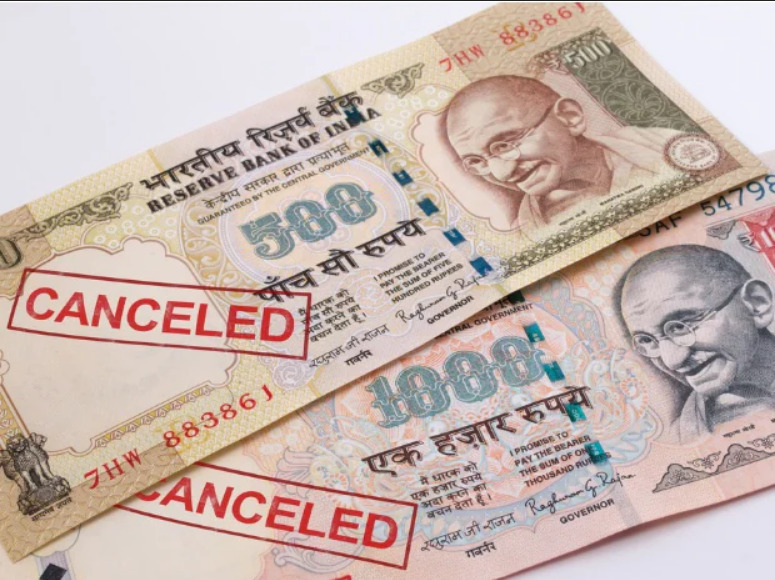The government is saving Rs 1,200 crore annually by producing currency notes locally. The Security Printing and Minting Corporation of India Limited (SPMCIL) spends around Rs 1,200 crore in foreign exchange annually in procuring this paper. Since 2015, the country has started transitioning towards using locally produced notes.
India used to import 15,000 metric tonnes (MT) of currency paper every year at an average cost of Rs 8 lakh per metric tonne. About 95% of this paper is imported from the NATO countries. Now the import cost is slowly coming down as the companies from the country are benefitting from the purchase.
Demonetization provided a fillip to the new government to introduce new notes and also reduce the use of old currency notes. There were many other benefits of demonetization which traditional economists fail to understand.
3.7 crore Jan Dhan accounts have been opened between December 2016 to June 2018- the less than two year period after demonetization. In the same period 17.9 crore debit cards were issued while the number of ATMs opened is only 2000. The data shows the scale on which demonetization and Jan Dhan changed the fundamentals of the economy, the majority of Indians in rural areas did not have debit cards and digital transactions were close to negligible.
The drive was aimed at opening a bank account for every Indian at zero balance and giving credit and debit cards to them, so as to encourage them to make UPI transactions.
The scale of transparency after demonetization could be decided from the dip in the currency in circulation. There has been a dip of 3.47 trillion rupees in the currency in circulation if we calculate 20-year average growth rate. The naysayers are saying that the country is back to currency circulation levels of the pre-demonetization era based on the data of ‘flat comparison’ rather than taking long-term average growth into account.
Every economist has her/his own assessment of demonetization but the one sided analysis without taking holistic view and long-term impact will definitely lead to partial results. The primary objectives of demonetization like crackdown on black money, increase in tax to GDP ratio, digitization of economy, reduction in cash circulation had been achieved on a good scale.
Moreover, there has been a substantial rise in tax to GDP ratio, which was one of the major aims to pull the money out of the economy. In 1971, the Wanchoo Committee was set up to deal with the colossal amount of undisclosed income and the issue of increasing tax base in India. The committee was the first one to suggest Demonetization of high denomination notes.
Although nothing much was done on that report in those days, Demonetization in 2016 did act as a trigger to increase the tax base in India. There has been a substantial increase not only in tax returns but also the number of people paying taxes. It is thus an established fact that the increase in tax base has been one of the greatest successes of the current government.
If we take the multitude of data coming from various fronts, be it savings though locally produced currency notes, financial inclusion, or digital transactions, it seems the step has changed India’s political economy for good. The critics of demonetization must go for a review of the criticism as the new data on its positive impact is coming out gradually.
